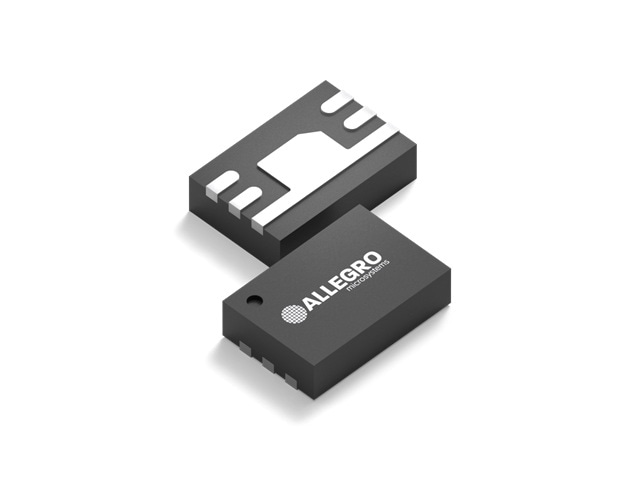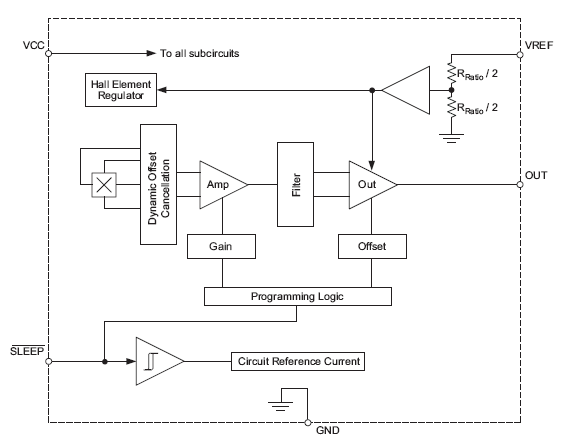The A139x family of micropower Hall-effect sensors minimizes current consumption with a user-selectable sleep mode, ideal for battery-powered applications. Offers ratiometric output and temperature stability.
Product Details
Product Details
Top Features
- High-impedance output during sleep mode
- Compatible with 2.5 to 3.5 V power supplies
- 10 mW power consumption in the active mode
- Miniature MLP package
- Ratiometric output scales with the ratiometric supply reference voltage (VREF pin)
- Temperature-stable quiescent output voltage and sensitivity
- Wide ambient temperature range: –20°C to 85°C
- ESD protection greater than 3 kV
- Solid-state reliability
- Preset sensitivity and offset at final test




